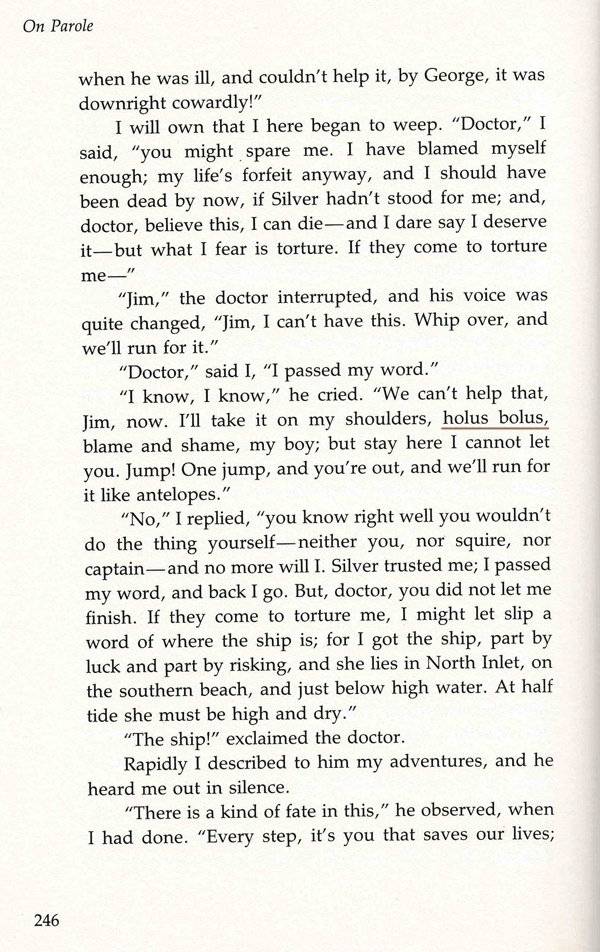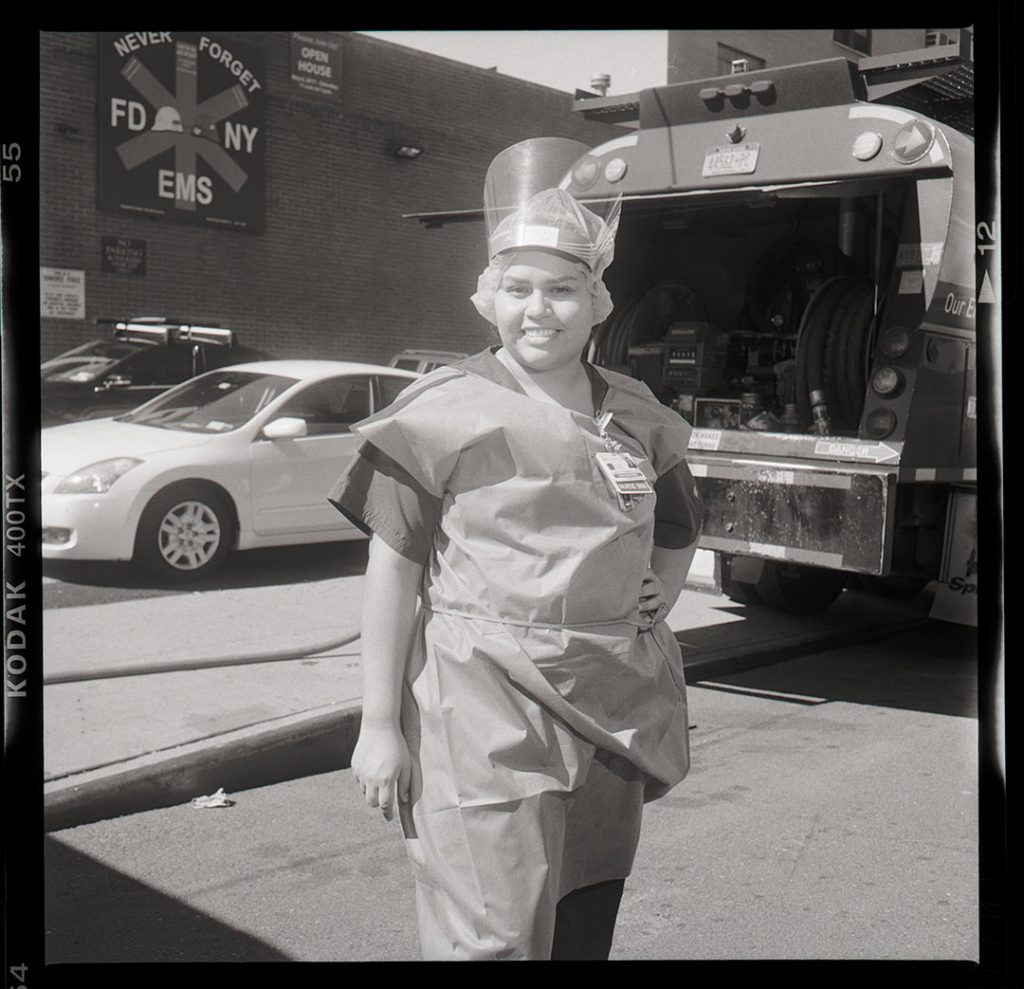Although I was born and grew up in Korea, I read books mostly written by English and American authors as a child. I especially loved Mark Twain, Charles Dickens, and Robert Louis Stevenson. Back then, my only reason for reading was for the joy of reading itself.
After my family immigrated to US, learning to read in my second language has become the biggest challenge I had to overcome. Throughout my colleges years, I spent a lot of time just reading textbooks for all the math and computer science classes I had to take. Then, reading just became a punishing exercise where my only objective was to understand and acquire the necessary knowledge to get through the course work.
In my late 20s, I began to realize that throughout my young adulthood all I read was technical books that did not give me any joy (although without them, I probably wouldn’t have a career). At the same time, I thought my reading level in English was just good enough for me to read books written by “serious” writers.
For whatever reason, it didn’t occur to me that I could go back to authors I used to love in my childhood. Somehow, I thought that they had to be “serious” writers. Of all the writers that I started to read, Jorge Luis Borges and James Joyce spoke to me more than anyone else. Borges especially became a literature teacher I never had. While reading some of the forewords in his book, I was delighted to learn that one of his favorite writers was none other than Robert Louis Stevenson.
Inspired by that fact, I recently reread Treasure Island in its original English. There was so much joy in just getting lost in the book and I came upon a scene that was a defining moment in the story (at least to me). It is a moment when Jim Hawkins realizes who he is or who he should be.

The word holus bolus is used ever more appropriately. How beautiful it is to get a reading advice on English literature from a blind Argentine writer whose time was well before mine! This experience made my recent trip to Buenos Aires all the more special.
I hope anyone who reads this post becomes Borges’ disciple like me. I think this beautiful prose “A Prayer” can easily turn anyone into one:

-34.5706488-58.4177272




 On his land use and transportation blog,
On his land use and transportation blog,  For anyone interested in above, or below ground NYC history,
For anyone interested in above, or below ground NYC history,